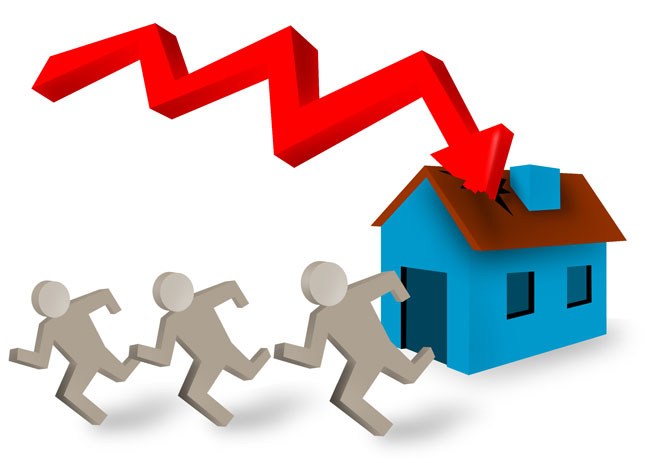According to ratings agency Standard and Poor’s (S&P), the percentage of delinquent housing loans contained in Australian prime residential mortgage-backed securities (RMBS) fell to just 1.10% in August from 1.17% in July.
S&P said arrears decreased in all states and territories except the Australian Capital Territory (ACT) over the month, with noticeable improvements in Australia’s mining states and territories.
“The Northern Territory (NT) recorded the largest improvement, with arrears declining to 1.63% from 1.98% a month earlier,” S&P said. “In Western Australia, arrears fell to 2.22% in August from a historic high of 2.38% in July.”
The improvement may reflect an improvement in economic conditions in those locations following recent increases in commodity prices, along with a pickup in employment levels.
Improvement was also seen in Australia’s most populous states, where most Australian home loans are domiciled.
“The more populous states of New South Wales, Victoria, and Queensland, where around 80% of loan exposures are domiciled, recorded an improvement in arrears in August,” the agency said.
Despite the small increase in the ACT, at 0.63%, arrears still remained at the lowest level across the country.
The broad improvement in home loan arrears over the month can be seen in the map below from S&P.
And this chart and table shows the level of arrears by delinquency duration.
S&P says that “relatively stable employment conditions and low interest rates continue to underpin the low levels of arrears for most Australian RMBS transactions”, adding that it believes “lending standards generally have tightened in many areas since attracting greater regulatory scrutiny beginning in 2015.”
Looking ahead, the ratings agency says that while the prospect of higher mortgage rates could lead to an increase in arrears, particularly among those with high loan-to-value ratios, stronger labour market conditions should keep any potential in check.
“Provided employment conditions remain relatively stable, however, we do not anticipate arrears materially increasing above current levels in the next 12 months,” S&P says.
“Some loans underwritten before 2015 could be more susceptible to higher arrears, particularly interest-only loans with higher loan-to-value (LTV) ratios for which no equity has built up during the interest-only period, in our opinion.”






